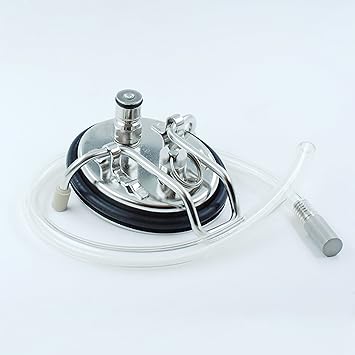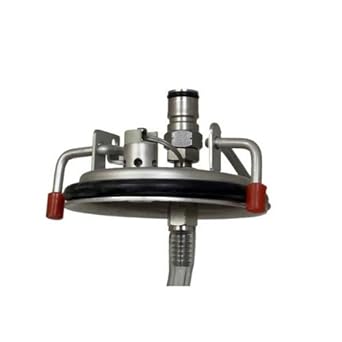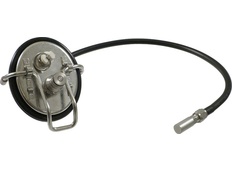ZmannR2
Well-Known Member
So as I always do, I was browsing around on AHS and came across this diffusion stone.You can use it to carb beer in a keg or oxiginate wort. Speaking only on the carbing part, check out the description:

Say whaattt? This is awesome! Has anyone tried these things? They're only $14 here:
http://www.austinhomebrew.com/Diffusion-Stone-0-5-Micron.html
.
To use a diffusion stone to force carbonate beer, champagne, or sparkling meads, you will need a homebrew kegging outfit with CO2 tank, regulator, lines, and a keg. Simply attach a 24" length of 1/4" ID tubing to the gas side dip tube of your keg with a worm clamp. On the other end of the tubing, attach the diffusion stone. There are charts available online and in books for exact levels of temperature and CO2 pressure to achieve desired carbonation levels. The following is an example for average carbonation in beer: Chill the beer to 40 F. Adjust the regulator to 2 PSI and attach the gas disconnect. Every 3 minutes increase the pressure 2 PSI until 12 PSI is reached. At this point the beer will be carbonated, but it won't hurt to leave it alone in the refrigerator for a few days under pressure.
Say whaattt? This is awesome! Has anyone tried these things? They're only $14 here:
http://www.austinhomebrew.com/Diffusion-Stone-0-5-Micron.html
.






